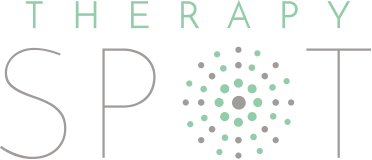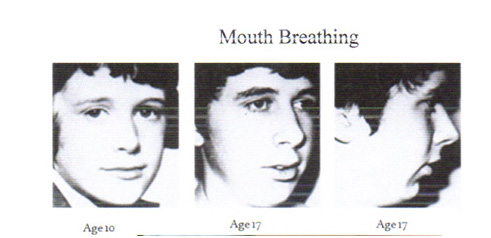The Complexity of the Mouth: OMD
Orofacial Myofunctional Disorder (OMD) is a muscle disorder of the tongue, lips, jaw, and face. People with OMD have an abnormal position of the muscles around the mouth and the jaw, leading to difficulties speaking, chewing, swallowing, breathing, and sleeping. Most commonly, people with an OMD are mouth breathers, have a low resting tongue posture and have a tongue thrust swallow. Other symptoms of an OMD can include a lisp, a thumb-sucking habit, and sleep apnea, among many other issues. Most people who have OMD do not even fully realize it. If you have difficulty breathing through your nose, there is a physiological reason for it that can be treated through therapy for OMD. And with people gaining an understanding of how common communication difficulties are today, therapy for OMD is gaining traction.
First Signs of an OMD
A mother may first notice signs of OMD developing in her baby as early as breastfeeding. A baby will show difficulty suckling if his lingual frenum (tongue web attaching the tongue to the floor of the mouth) is short and tight. A tight lingual frenum is likely to develop into OMD because it inhibits movement of the tongue, leading to low muscle development in the tongue causing a myriad of issues and leading to a diagnosis of OMD. In these cases, many adults and parents opt for a frenectomy to remove the web and allow full range of movement of the tongue.
Later Developing Signs of an OMD
One in three children have some sort of Orofacial Myofunctional Disorder . OMD’s are noticed more commonly when a child begins to develop words and sentences and may not be able to produce their sounds correctly. However, most often, children are referred to us from their dentist and/or orthodontist around the age of 7. These professionals notice that the child is breathing through their mouth and when they swallow, their tongue pushes against their front teeth resulting in teeth that are jutting out (overjet). .
One of the primary functions of the tongue is to protect the airway, and if the tongue sits abnormally in the mouth during rest, this will have negative consequences on the development of the oral cavity, face and affect one’s breathing. There is a high correlation between children with ADHD and mouth breathing. The premise is that at night, children are suffering from apnea and poor oxygenation due to inadequate air supply and as a result attention problems ensue during the day. Apnea in adults is also often caused by the tongue falling back in the mouth during open mouth posture mouth breathing. This type of apnea is often correlated with heart conditions.
Contributing Factors to an OMD
To worsen the matter, many popular foods that North Americans tend to eat are soft and processed, requiring minimal tongue and jaw muscle exercise. This lack of exercise in the oral cavity and the face generally leads to low muscle tone visible in the face of people with OMD.
The Correct way to Breathe
Proper resting position of the oral cavity requires breathing through the nose, tongue up against the palate, lips together, teeth apart, the absence of oral habits (like chewing lips or inside of cheeks), and proper posture for spinal alignment and ease of breathing.
At Simone Friedman Speech-Language Services, we have been providing OMD treatment for over 10 years. Our S-LPs are trained in OMD’s and the treatment that is required. If you have difficulty breathing or swallowing and suspect you have OMD, our staff can help treat your concerns.
Written by Laura Keeble: Researcher at Simone Friedman SLS
Moeller, J. (2012). Orofacial Myofunctional Therapy: Why Now? The Journal of Craniomandibular Practice, 30(4), 235-236. Retrieved February 5, 2016.



